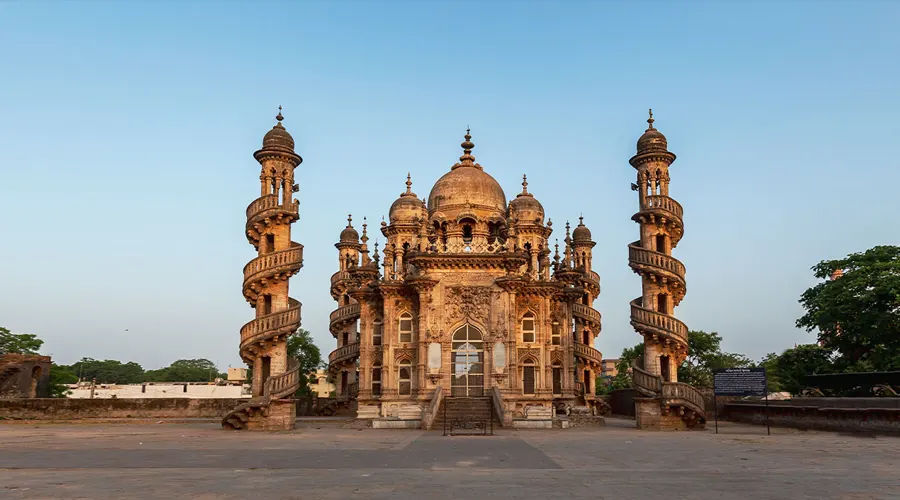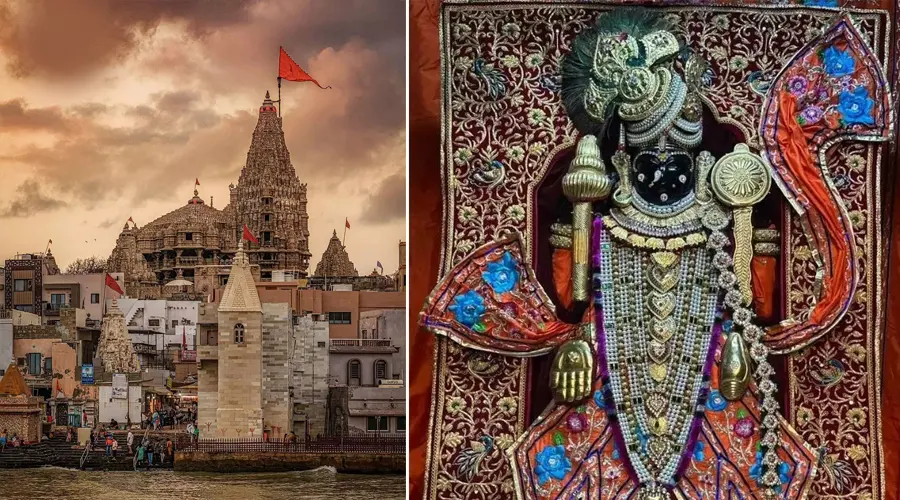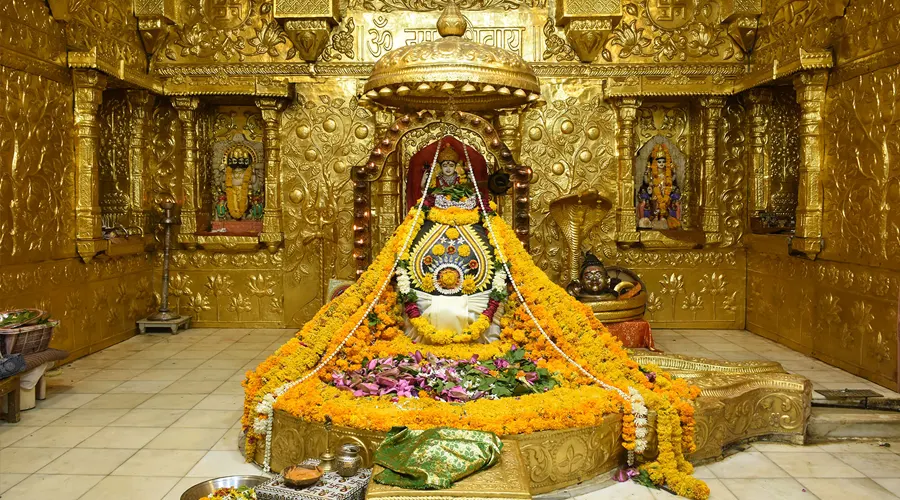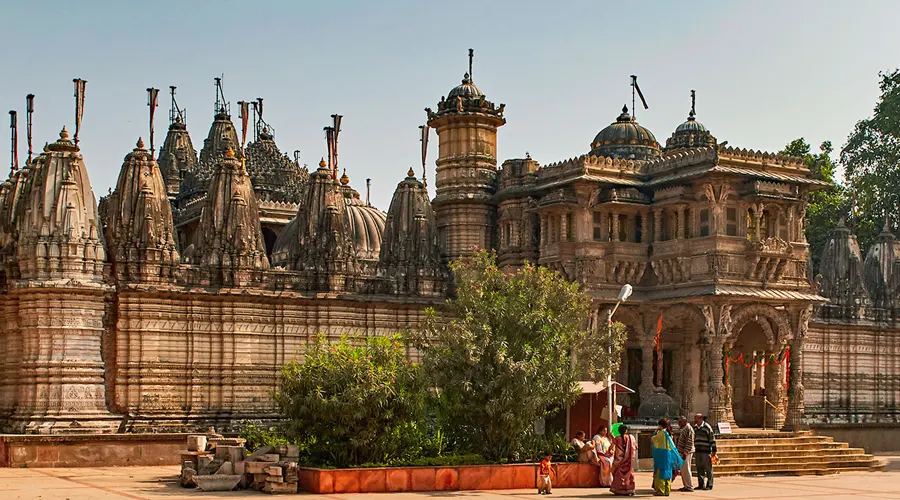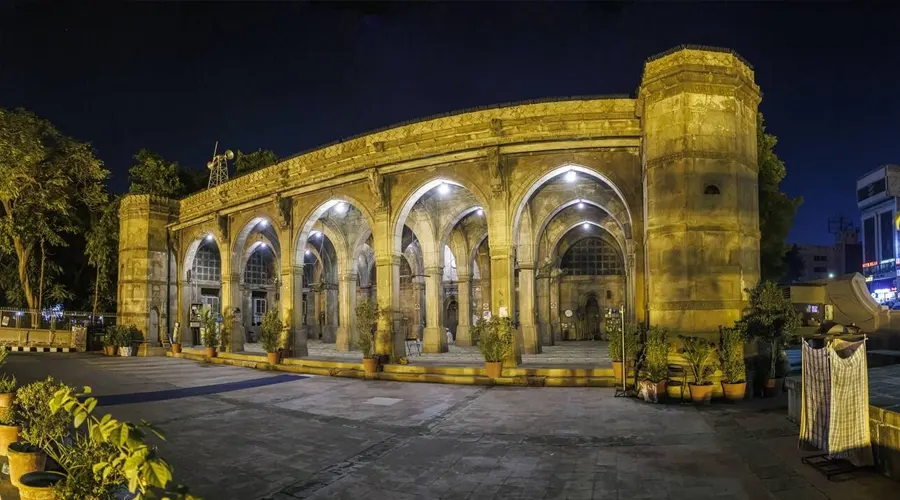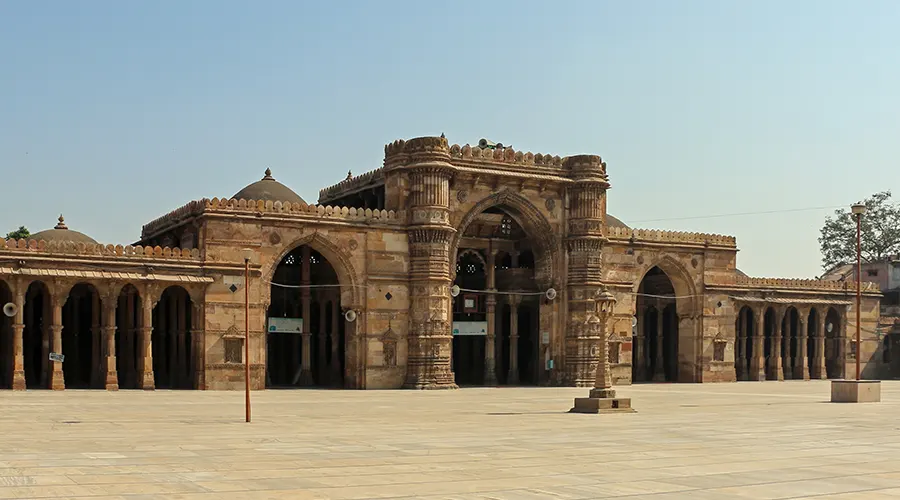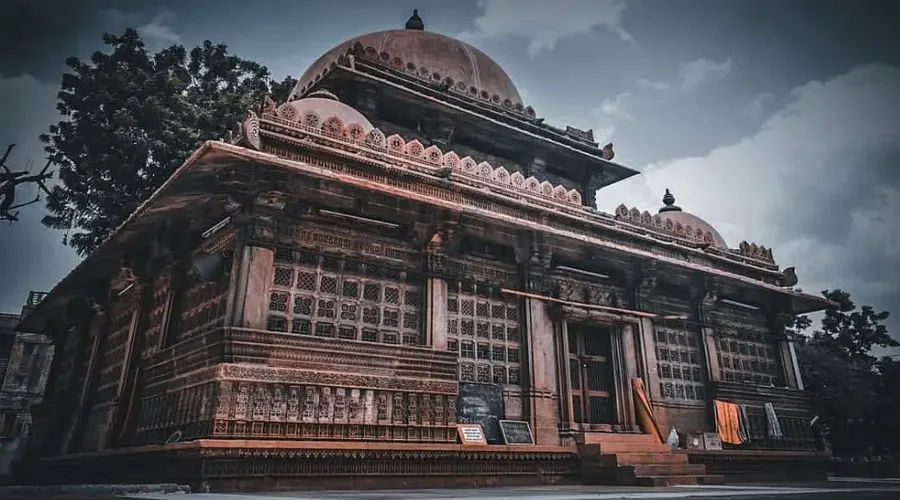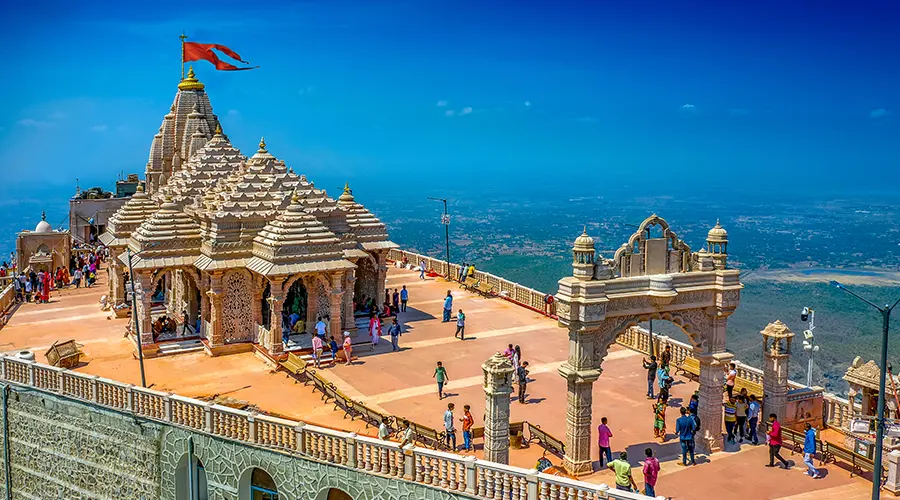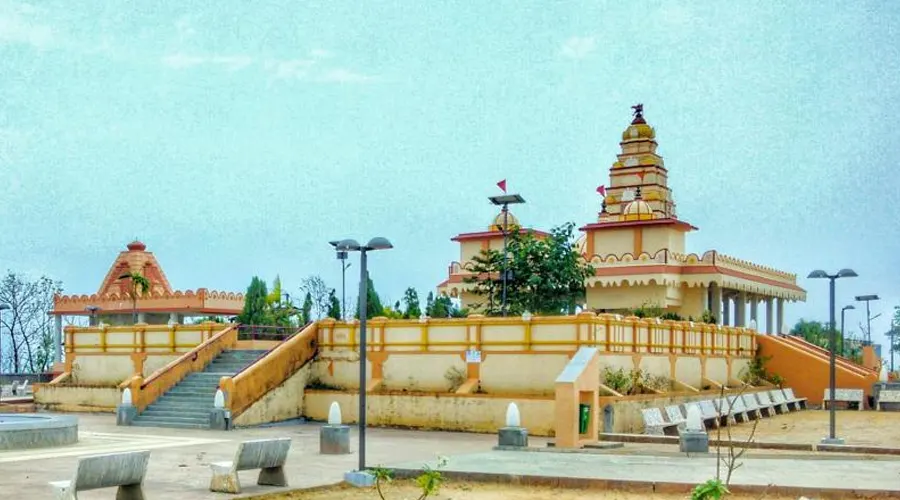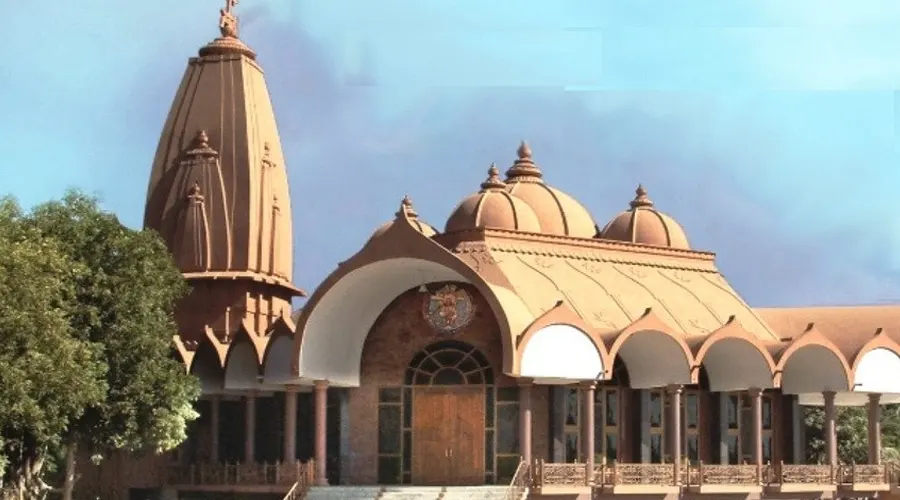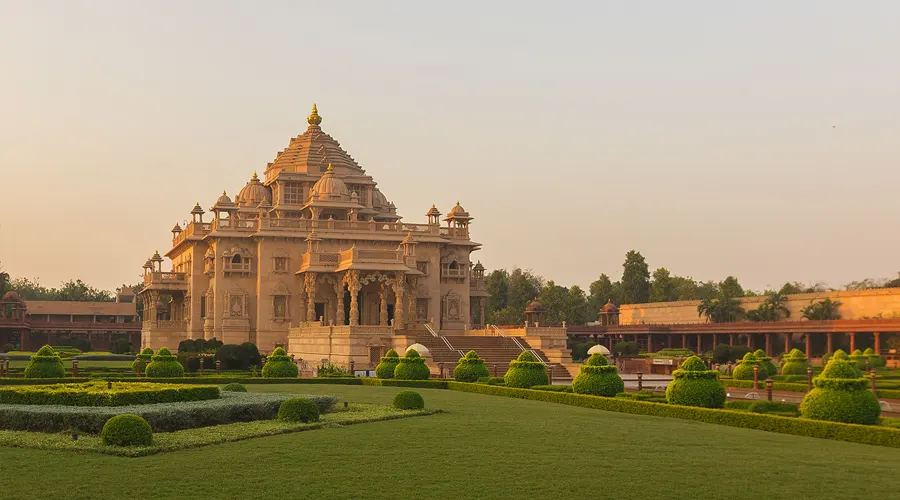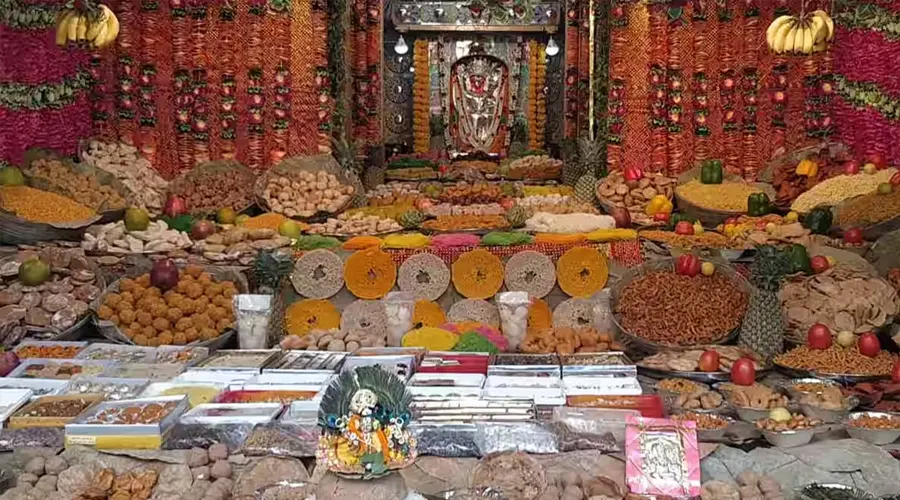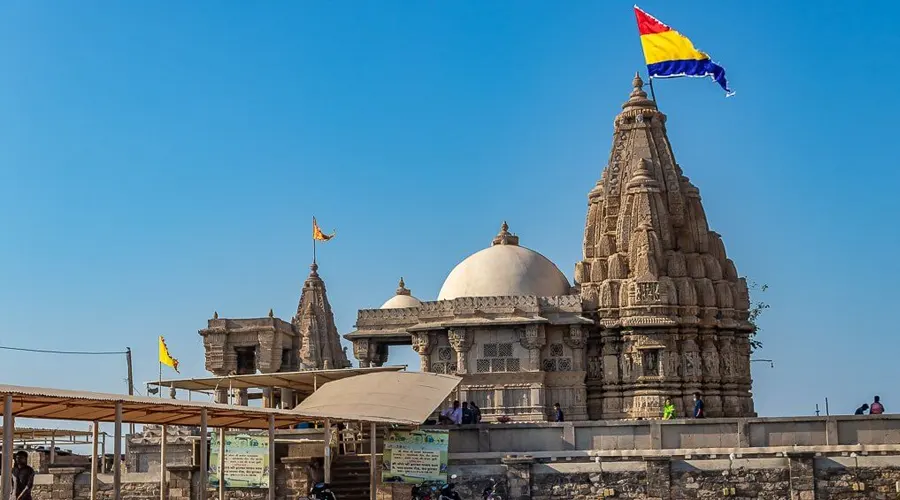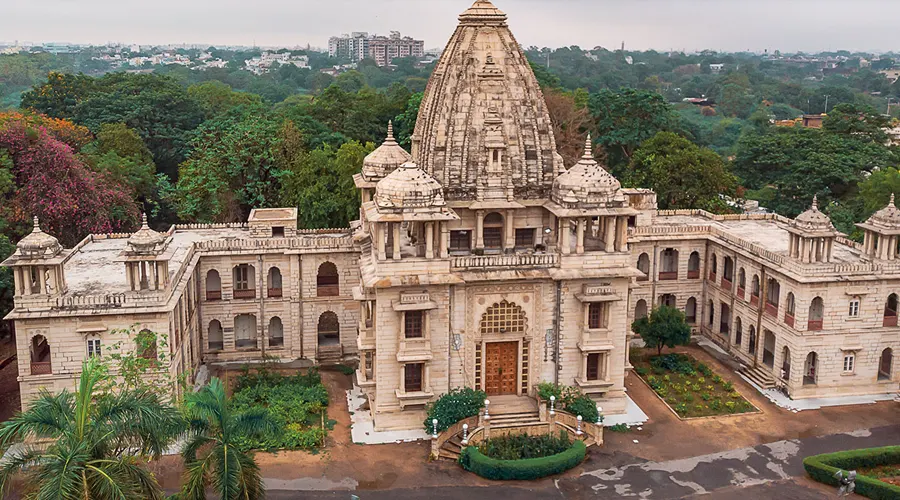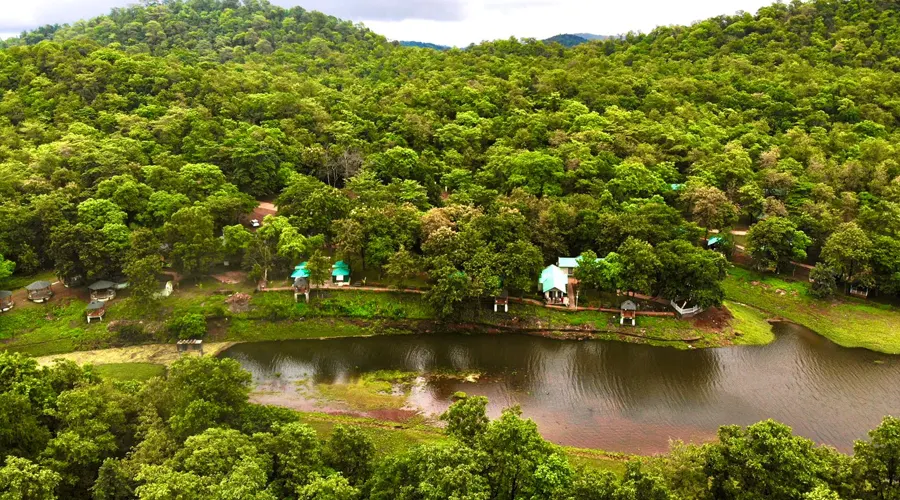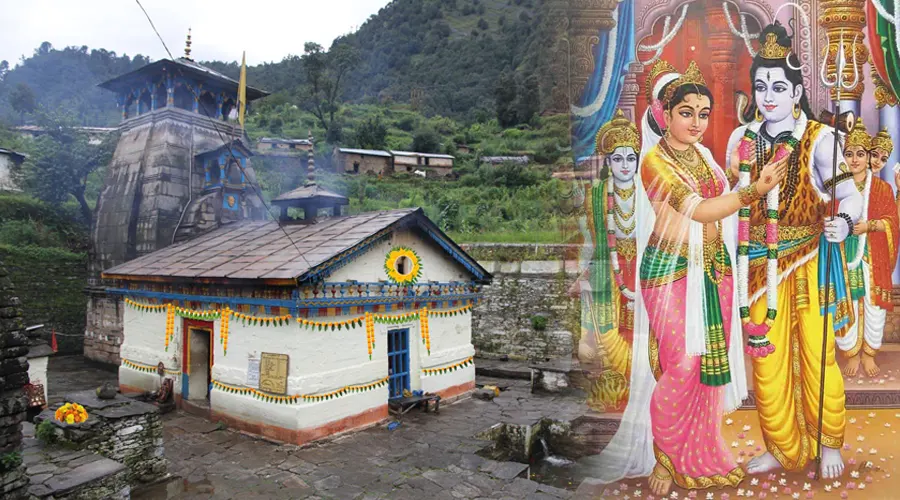Mahabat Maqbara
ALONG A BUSY ROAD IN the heart of Junagadh city lies one of India’s least-known, yet most jaw-dropping architectural oddities. A smashing blend of Gothic and Islamic ornamentation, the Mahabat Maqbara complex remains one of India’s best-kept secrets.
Mahabat Maqbara is a 19th-century mausoleum that currently serves as the landmark of the Junagadh. Mausoleum construction began in 1878 by Mahabat Khanji and was completed in 1892 by his successor Bahadur Kanji. The architecture of the Mahabat Maqbara showcases a melody of Hindu, Islamic, and Gothic influences in the form of pillars, windows, arches, and stone-carved walls. A most striking feature of the monument is its staircases encircling the minarets and the domes of different sizes.
History of the Mahabat Maqbara
Initiated by Mahabat Khanji in 1878, the Mahabat Maqbara further came into complete establishment only in 1892, thus finished by Bahadur Khanji. The city of Junagadh was discovered in 1748 and thus began as a strong British colony in 1807. However, pre-independence the land of Junagadh that houses this monument was under stake.
Although Junagadh did not have any shared boundary in proximity with Pakistan, Mahabat Khan III vouched for the city to merge with the latter. However, given the national commotion during the time, Mahabat Khan III shifted to Pakistan, and thus Junagadh and this immensely beautiful architectural piece remained with India.
Architecture of Mahabat Maqbara
The Mahabat Maqbara is a mesmerising union of Indian, Islamic, and Gothic styles of architecture. It houses intricate carvings and artistic expertise expressed throughout its structure.
The Mahabat Maqbara also features arches, pillars, and classic Islamic domes. The central portion of the Maqbara is bracketed with two pillars honing a spiral stairway and individual domes.

